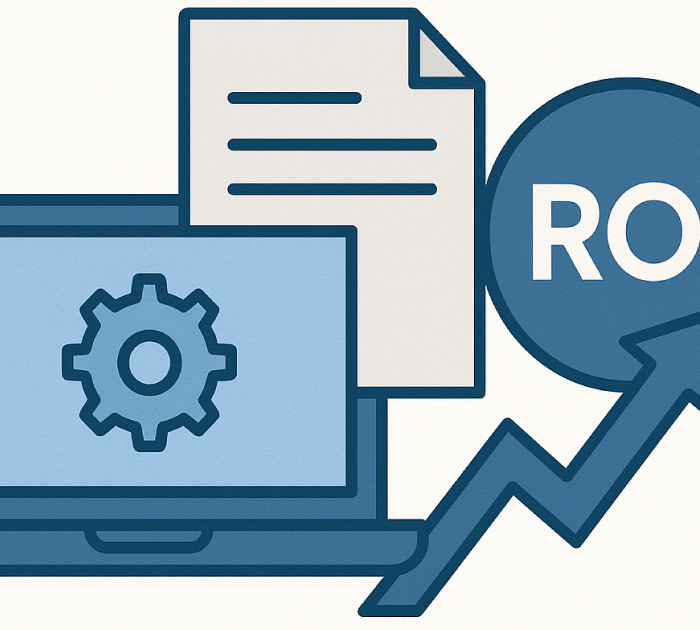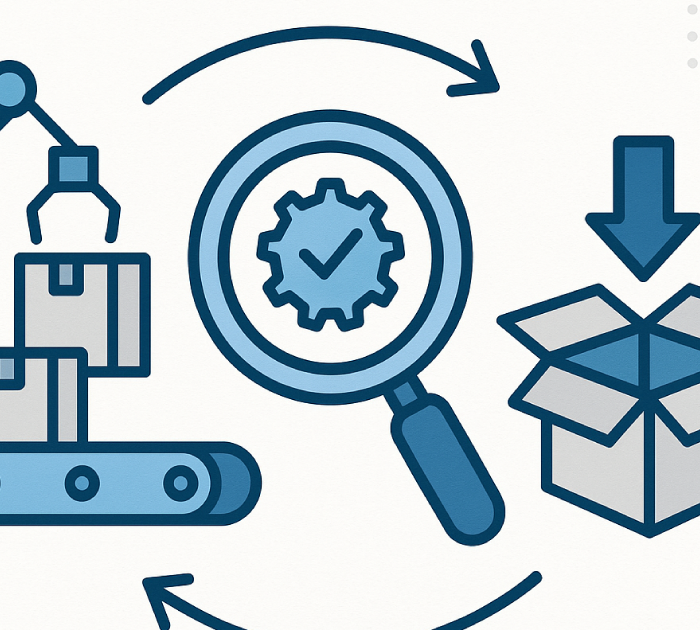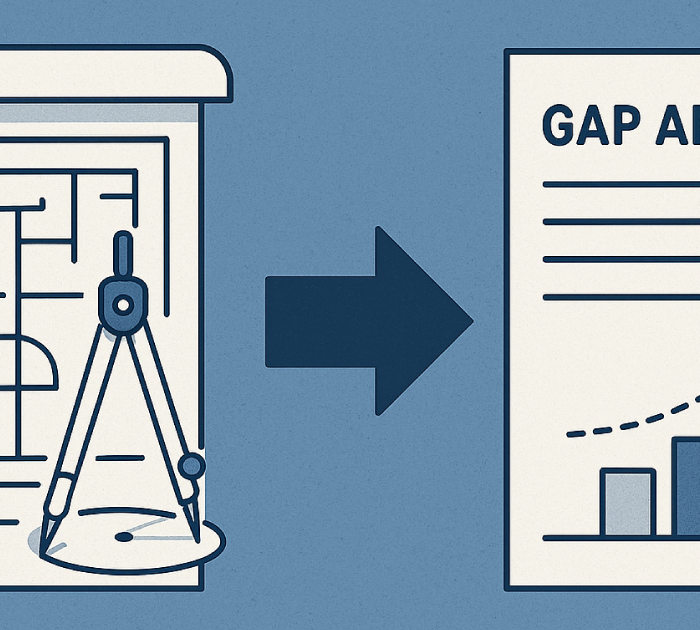Every stalled implementation has a villain, and nine times out of ten it isn’t the software—it’s the master data. You can buy the right ERP, bolt on MES, roll out WMS, and connect a PIM, yet if your items, BOMs, routings, customers, and suppliers are inconsistent, you’ll spend go-live week firefighting cell by cell. Fortunately, there’s a simpler path: put master data first. When you do, blueprinting accelerates, estimates get accurate, and testing actually tests processes—not typos.
What “master data first” really means
At its core, this approach establishes one governed source of truth for the records that drive every transaction. In manufacturing, that includes items and variants, units of measure, BOMs, routings/operations, locations, customers, suppliers, and key product attributes (size, material, certifications). It also defines ownership, naming standards, validation rules, and the system where each field will live after go-live. Consequently, the project team configures software to match clean, stable data—rather than contorting the system to accommodate chaos.
Why it matters more than any feature on your shortlist
First, garbage-in/garbage-out is real: a single duplicate SKU can ripple into purchasing, inventory, pricing, and e-commerce errors. Second, clean masters compress timelines because workshops stop debating “which spreadsheet is right” and start deciding how work should flow. Third, disciplined data dramatically reduces rework—fewer change requests, fewer retests, and fewer late nights. Finally, vendors can price confidently when the data foundation is solid, which protects your budget.
Red flags that your data will derail the project
Two codes for the same item (and neither matches the label on the bin).
Mixed units—mm here, inches there, and no conversion standard.
“Zombie SKUs” that still appear on quotes despite being discontinued.
BOMs that don’t reflect engineering changes, or routings with missing steps.
Customers duplicated by spelling (“ACME Inc.” vs. “Acme Incorporated”).
If these sound familiar, software isn’t your first problem; stewardship is.
A practical 30-day cleanup sprint
Week 1 — Assign ownership and set standards.
Name data stewards for items, BOMs, routings, customers, and suppliers. Define naming conventions, unit systems, and attribute lists. Write them down. Moreover, decide which system owns each field post-go-live (e.g., ERP owns cost; PIM owns marketing copy).
Week 2 — Deduplicate and de-zombie.
Merge duplicates, retire obsolete SKUs, and archive old customers/suppliers with clear end dates. Therefore, your catalogs, price lists, and portals stop serving legacy records.
Week 3 — Normalize and validate.
Convert units to a single standard, align attribute values (no “Red/RED/Rd”), and repair BOMs and routings to match the latest engineering truth. Add validation rules that block bad values at the source.
Week 4 — Pilot cutover with a high-value slice.
Take the top 10–20% of active SKUs and run them end-to-end through your target stack—ERP + WMS + PIM/MES. Measure defects, fix mappings, and document the playbook for the rest of the catalog. Consequently, your team gains confidence before scale.
Where each system should own the truth
ERP (e.g., SAP Business One): item code, cost, UoM, inventory, GL links.
PIM (e.g., Perfion): titles, features, images, translations, channel templates.
MES/Shop-floor: operation feedback, machine times, scrap reasons.
WMS: bin locations, license plates, lot/serial tracking.
Deciding ownership early prevents the “who changed this?” blame game later.
KPIs that prove you’re ready
Track data completeness (required fields filled), defect rate (errors per 1,000 records), and time-to-publish (from “SKU approved” to “SKU live”). As these improve, workshops get shorter, UAT passes faster, and go-live risk drops.
Common pitfalls (and how to dodge them)
Boiling the ocean. Don’t clean every SKU on day one. Instead, prioritize the 80/20—active and high-revenue items first.
Letting spreadsheets linger. After standards are set, lock old files to read-only. Otherwise, rogue edits creep back.
Skipping documentation. Without a simple data dictionary and RACI, standards drift within weeks.
Ignoring change control. Tie engineering changes to automatic updates of BOMs, routings, and PIM attributes; otherwise, your “clean” data decays.
The payoff you feel on day one of blueprint
Because master data is consistent, facilitators can move quickly, estimates stop hedging, and decisions stick. Moreover, stakeholders actually trust the test results. The implementation shifts from speculative to surgical, and your team gets to value faster—with fewer weekend fire drills.
Master data includes items and variants, units of measure, BOMs, routings, customers, suppliers, and key product attributes. It’s the non-transactional data that every system relies on.
Timelines vary by SKU count and data quality, but many teams complete an initial cleanup in 2–6 weeks using a focused 30-day sprint followed by rolling waves.
Assign data stewards by domain (items/BOMs/routings/customers/suppliers) with clear standards, validation rules, and a RACI. Ongoing stewardship keeps data clean as the business evolves.






